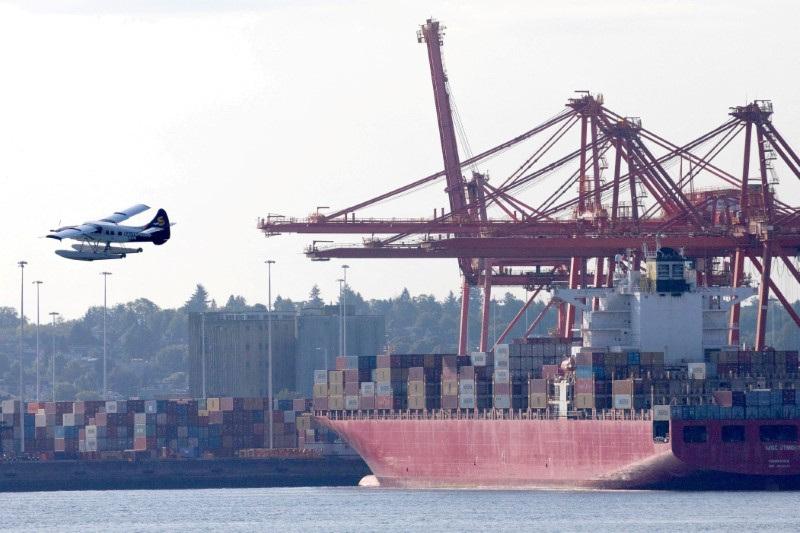OTTAWA—Canada posted a surprise $718 million trade surplus in August as trade rebounded a month after labour strikes shut down ports on the West Coast, data showed on Thursday.
Transfers of gold to the United States and higher crude prices helped exports outpace a rise in imports, Statistics Canada said.





